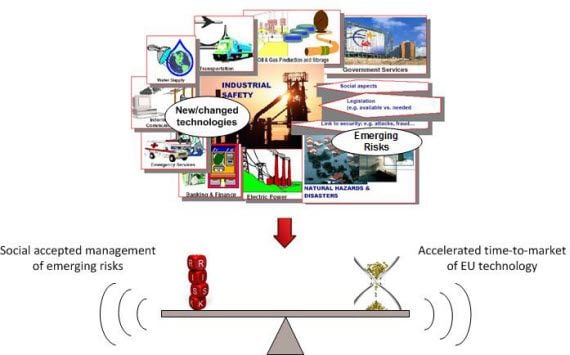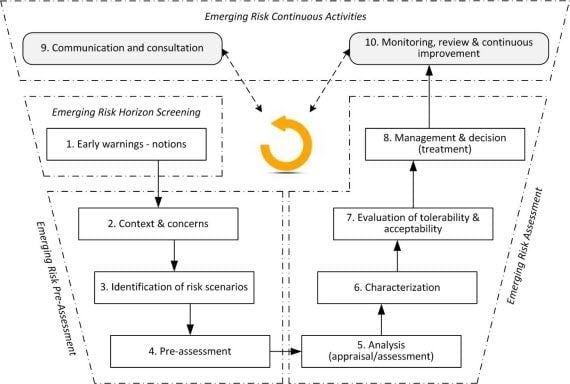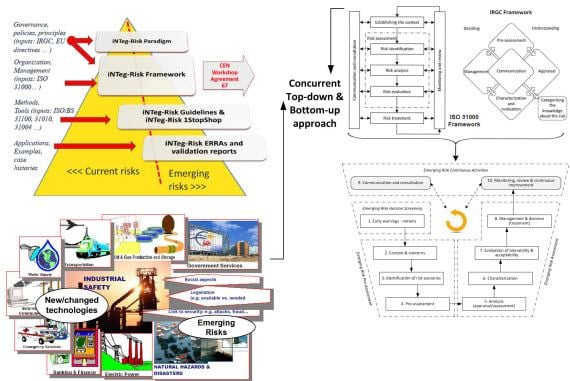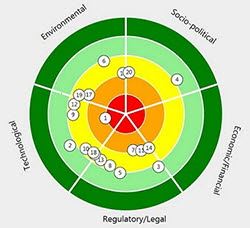The iNTeg-Risk project is an EU FP7 project, coordinated by the European Virtual Institute for Integrated Risk Management (EU-VRi) in Stuttgart, Germany, where SINTEF is a member, ref. the project web page www.integrisk.eu-vri.eu. The project was initiated through the European Technology Platform for Industrial Safety (ETPIS). Key figures are 87 partners, 431 individual project participants and a budget of 19.3 million Euros.
SINTEF has a central role in the project as member of the executive board and task leader or participant in 17 different tasks. The budget for SINTEF is 631.225 Euros. The single biggest task for SINTEF has been as task leader (and work package leader) for one of the 17 emerging risk representative industrial applications (ERRAs) – remote operation in environmentally sensitive areas – in close cooperation with Eni Norge and the Goliat development project in the Barents Sea.
The main challenge of the project is how to manage new technology related risks that balances the management of the risks against the benefits of introducing new technologies to the market, including the time this takes (i.e. to accelerate time-to-market of EU technology). This is illustrated in Figure 1.

Figure 1 Balancing risks and benefits
The solution is the development of a new technology related emerging risk management framework (the iNTeg-Risk Emerging Risk Management Framework – ERMF) consisting of a 10-steps process as shown in Figure 2.

Figur 2 iNTeg-Risk ERMF – 10-trinns prosess
A concurrent "Top-Down" and "Bottom-Up" approach has been used. All relevant existing risk management standards and frameworks have been reviewed in search for requirements and elements to include in the new framework. In particular the ISO 31000 risk management standard and the framework for risk governance developed by IRGC (International Risk Governance Council) have provided valuable input. Concurrently research and development have progressed in 17 emerging risk representative industrial applications – ERRAs (mainly case studies of emerging, new technology related, risks) producing new methods, tools and guidelines. The approach is illustrated in Figure 3.

Figur 3 Prosjektets tilnærming – kombinert "Top-Down" og "Bottom-Up"
One of the main results from the project, which describes the solution and how to apply it, is a pre-standardization (CEN Workshop Agreement document), in which SINTEF has filled the role as Co-Chairman.

